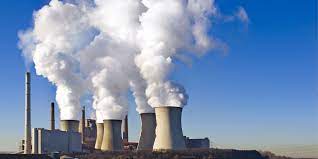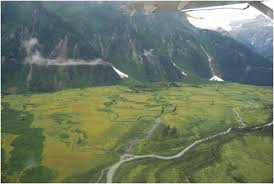Environmental hazards are those natural and man-induced (anthropogenic) processes which create an accident or extreme event or damage to all organisms in the ecosystem. The hazards on a large scale become disasters in terms of damages done to the biotic world.
Natural hazards are earthquakes, volcanic eruptions and their derivatives, tsunamis, cyclones and floods. Man-made or anthropogenic events that facilitate or may be responsible for environmental hazards include deforestation, poverty, overpopulation, and crimes.
Rapid growth in population puts pressure upon natural resources which will manifest in deforestation, and droughts.

Farmers will require the addition of chemical fertilizers and pesticides to achieve bumper increase in agricultural production from which chemical pollution takes place.
Read Also : Objectives of Water Treatment and Water Treatment Processes
Underground and surface mining may cause intense pollution of atmosphere and hydrosphere.
Hazards may be natural or anthropogenic. Natural hazards may be ‘Planetary’ or ‘Extra-planetary’.
Planetary hazards may be: Endogenous (Terrestrial) which includes earthquakes, tsunamis, volcanic eruptions and landslides, or Exogenous (Atmospheric) hazards such as cyclones, lighting, hailstorms, floods, droughts, cold waves etc.
Anthropogenic hazards could be:
1. Physical hazards (landslides caused by felling of trees, soil erosion due to overgrazing)
2. Chemical hazards (linked to release of toxic chemical elements in the air, water, soils, leakage of radioactive elements from nuclear reactors sudden outburst of poisonous gases from chemical factories),
3. Biological hazards involving bacteria, viruses, insects, plants, birds, animals, and humans including sudden rise in population of species in a given habitat.
The disasters/damages associated with these hazards are sometimes colossal and remedies may be short term or long term.

